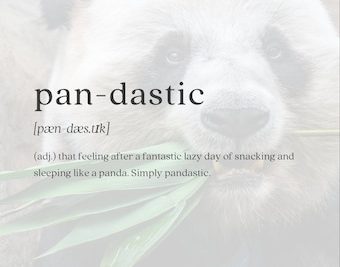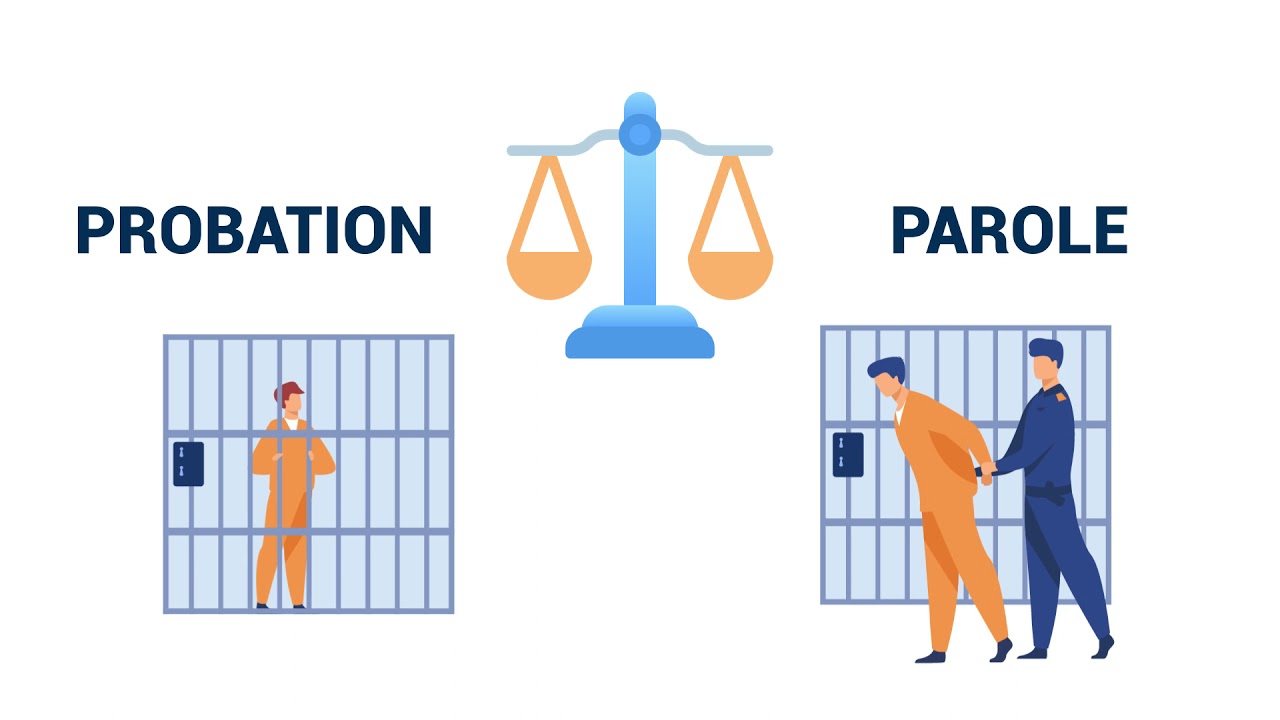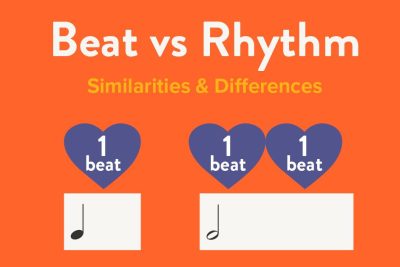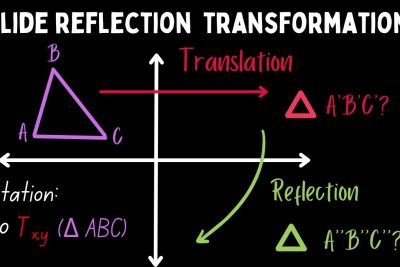
Penology, Probation, and the Parole Process Explained

Penology, the study of punishment and criminal rehabilitation, plays a crucial role in understanding the parole process. As a social system aimed at reforming offenders, penology addresses the balance between public safety and the rehabilitation of incarcerated individuals. This article will explore the intricacies of the parole system, including its definition, historical context, and the factors that influence parole decisions.
In essence, parole is a conditional release granted to inmates before they complete their full sentences, contingent upon their adherence to specific stipulations meant to ensure public safety. By delving into the principles of penology, the evolution of parole systems, and the challenges faced by the current framework, we can gain a comprehensive understanding of how the parole process operates today.
Definition of Penology
Penology is defined as the branch of criminology that focuses on the study of prison management and the treatment of offenders. It examines various forms of punishment and their effectiveness in deterring crime and rehabilitating individuals. One of the primary concerns of penology is the balance between maintaining societal safety through punishment and nurturing the potential for reform within individuals who have committed crimes.
Historical Background of Parole
The origins of parole can be traced back to the 18th century in England when parole was synonymous with the concept of a "word" or promise. Early forms of parole allowed convicts to serve part of their sentences in penal colonies under specific conditions. Parole as we understand it today began to take shape with the introduction of "ticket of leave" systems, where good behavior could lead to earlier release.
The Evolution of Parole Systems
As societies evolved, so did the systems governing parole. During the late 19th century, the Criminal Justice Act of 1991 in England reformed parole eligibility, making the criteria based on the length of the sentence served. In the United States, the introduction of indeterminate sentencing in the mid-20th century empowered parole boards to individualize the release process based on rehabilitation progress. This shift marked significant changes in how offenders were managed within the justice system.
The Parole Process Explained
The parole process involves several structured steps beginning from the time of conviction to the offender's potential release. After meeting their eligibility requirements, inmates typically undergo a review process by a parole board. This process often includes evaluating the inmate's behavior while incarcerated, their rehabilitation efforts, and any impact on public safety.
Factors Influencing Parole Decisions
Several key factors can influence a parole board's decision. These can include the nature of the crime, the inmate's behavior during incarceration, participation in rehabilitative programs, and any recommendations from psychological assessments. Victim impact statements and community safety assessments also play crucial roles in the complexities of the decision-making process for parole.
Differences Between Probation and Parole
While both probation and parole are forms of supervised release, they differ primarily in their application and conditions. Probation is typically granted as an alternative to incarceration, allowing offenders to serve their sentences under supervision. In contrast, parole applies to individuals released early from prison based on demonstrated good behavior and rehabilitation potential.
The Role of Parole Boards
Parole boards are essential entities within the parole process, tasked with evaluating inmates' eligibility for release. These boards consist of professionals knowledgeable about criminology, psychology, and social work. Their recommendations significantly impact whether an inmate is released and under what conditions, ensuring that assessments consider reoffending risk and community safety.
Challenges in the Parole System
Despite its benefits, the parole system faces numerous challenges. Critics argue that inconsistent standards and processes can lead to unequal treatment of inmates. Additionally, societal perceptions of parole often impact the willingness of boards to approve releases, as public opinion can sway decisions related to community safety and offender risk.
International Perspectives on Parole
Globally, perceptions and implementations of parole vary significantly. Countries like Canada and Japan have developed structured practices around parole. Canada, for instance, emphasizes rehabilitation through its parole system, while Japan focuses on community reintegration and support networks for released offenders. Understanding these international perspectives can inform improvements in the U.S. and other countries' parole practices.
Conclusion: The Future of Parole and Rehabilitation
The future of parole and rehabilitation is at a crossroads, with ongoing debates about the efficacy of current systems and their impact on recidivism rates. As society grapples with the complexities of penology, the ongoing evolution of parole practices may lead to enhanced approaches that prioritize rehabilitation, community safety, and restorative justice.
Understanding what is parole is vital for comprehending its role in the criminal justice system. The journey towards effective rehabilitation is ongoing, demanding continued attention to the dynamics of parole, the individual needs of offenders, and the safety of the community they return to. It is imperative that the overall objectives of penology guide future reforms in the parole process.
Did you find this article helpful? Penology, Probation, and the Parole Process Explained See more here Education.
Leave a Reply






Related posts